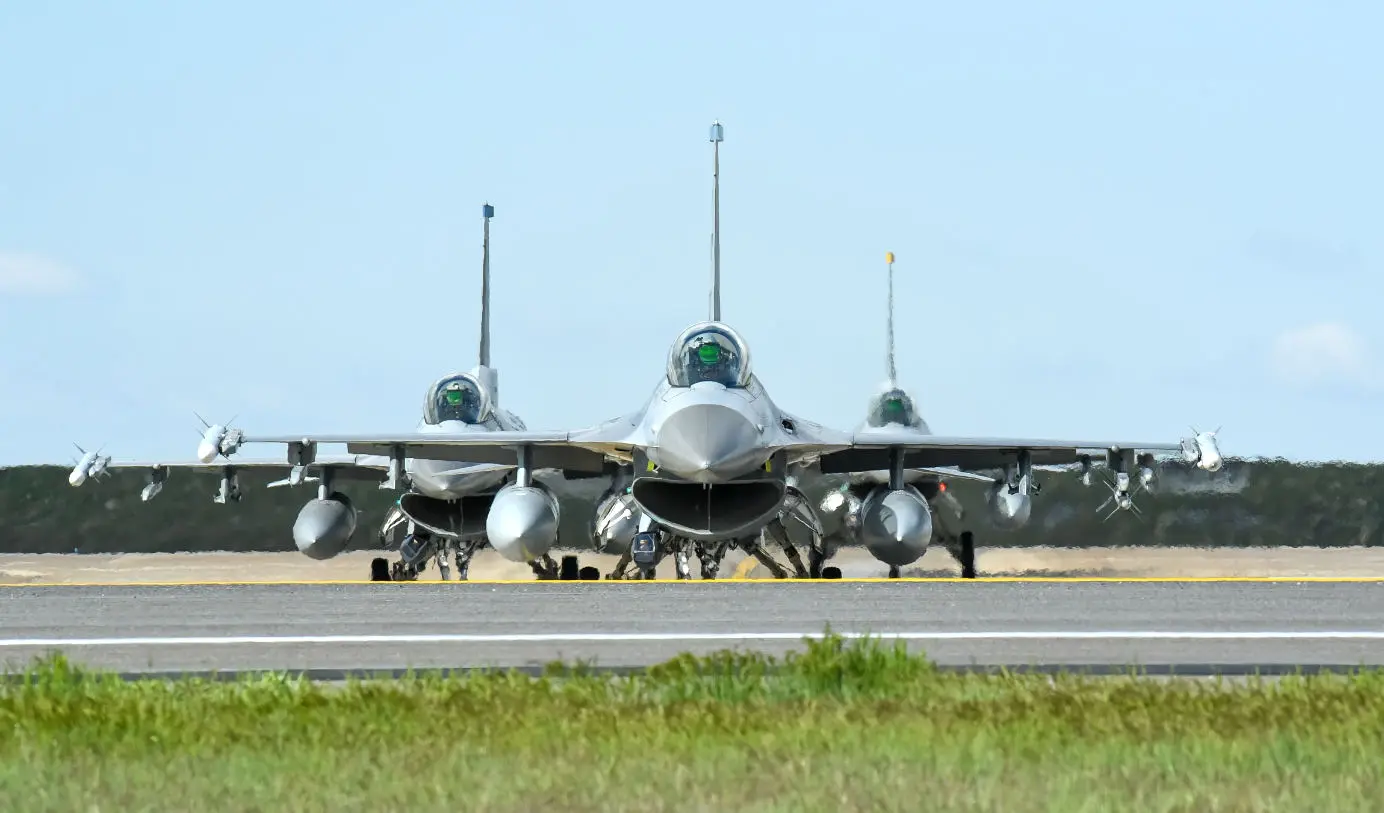
How Much Does an F-16 Fighter Jet Really Cost?
Discover the cost of the F16 fighter jet. Get all the details you need to know about this powerful aircraft.
Table of Contents
If you've ever wondered just how much the powerful and prestigious F-16 fighter jet cost, you're in for a surprise. Unlocking the price tag on this iconic aircraft can unveil a world of jaw-dropping figures and hidden costs. Strap in as we delve into the depths of military aviation expenditure and reveal the true cost of flying one of the world's most renowned fighter jets.
From the initial purchase price to the ongoing maintenance and operational expenses, owning an F-16 is not for the faint of heart (or shallow of pockets). This article will try to break down the various components that contribute to the overall cost, including research and development, manufacturing, armament, support equipment, fuel, pilot training, and logistics.
We'll also explore why these aircraft come with such a hefty price tag and examine the economic impact and strategic value they bring to nations.
Join us on this journey as we try to separate myth from reality and shed light on the true cost of owning an F-16 fighter jet. Get ready to take flight into the world of military aviation economics.
Understanding the Different Costs Associated With the F-16 Fighter Jet
The F-16 Fighter Jet is a dependable and solid aircraft, combining proven technology and unmatched performance. And while the F-16 is not a new high-tech fighter jet any more, its price tag reflects the immense effort and resources that went into its development, production, and operation.
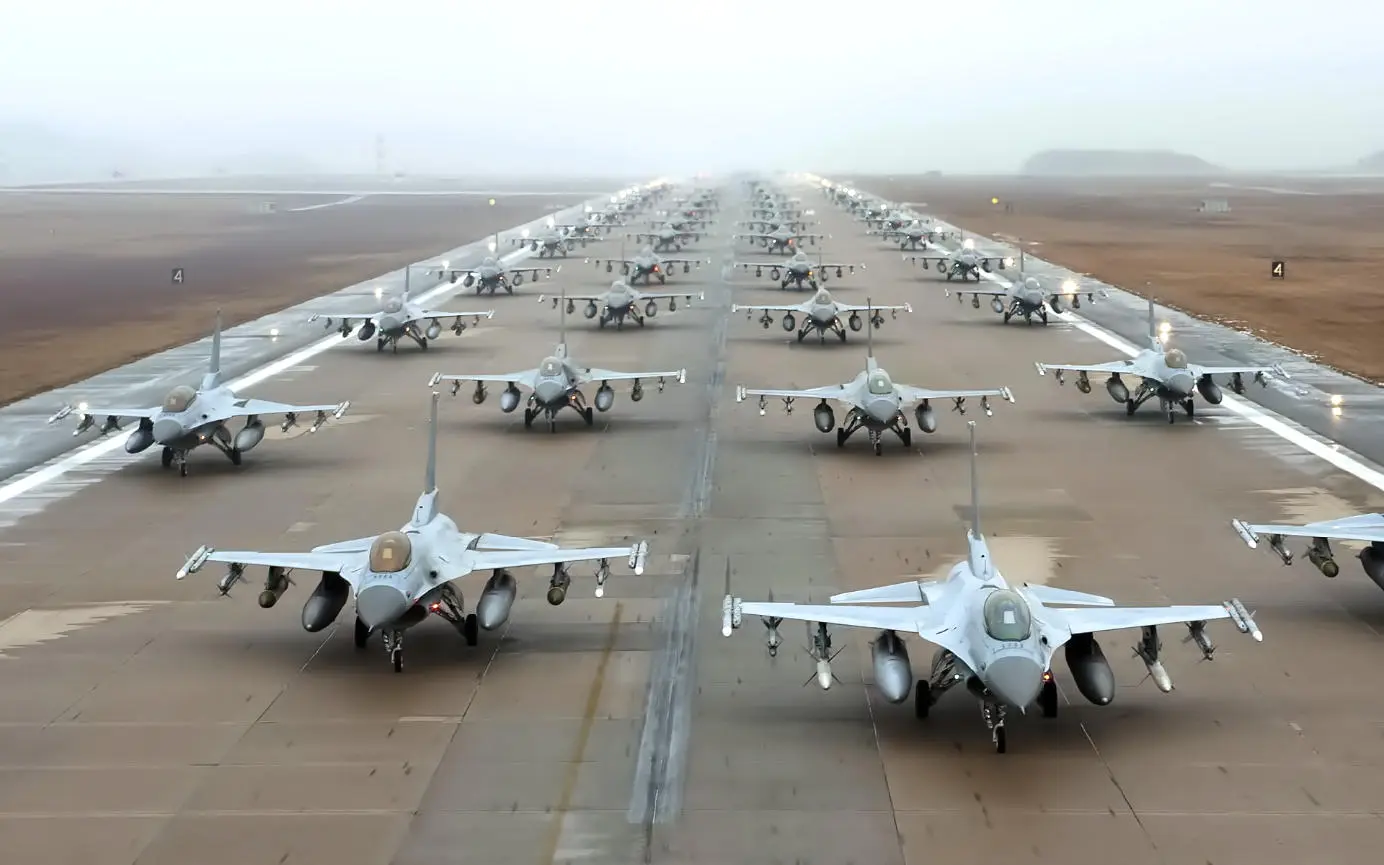
To understand the true cost of an F-16, let's delve into the different expenses that come with it.
The Procurement Process for an F-16 Fighter Jet
Before an F-16 Fighter Jet can take to the skies, the nations interested in acquiring it, goes through a complex procurement process.
This process involves government agencies, defense contractors, and various other stakeholders. The initial acquisition costs has to cover research and development, design, testing, and manufacturing. These expenses are spread across the production of multiple jets, resulting in economies of scale.
Initial Acquisition Costs
The initial acquisition cost of an F-16 Fighter Jet can vary depending on several factors, such as the variant, configuration, and additional equipment.
The base price of a new F-16 (Block 70/72 Variant) is around $63 million. However, this price only covers the basic aircraft without any additional armament or specialized equipment.
In comparison the F-16 Block 50/52/52 Plus Variants introduced in 1991 had a price tag of around $34 million.
It's important to note that the cost of an F-16 Fighter Jet can vary based on the variant and equipment chosen. Different countries and defense agencies may have specific requirements and configurations, leading to variations in pricing.
Some variants may include different avionics or specialized armament, resulting in higher costs. It's crucial to consider these factors when evaluating the overall price tag of an F-16.
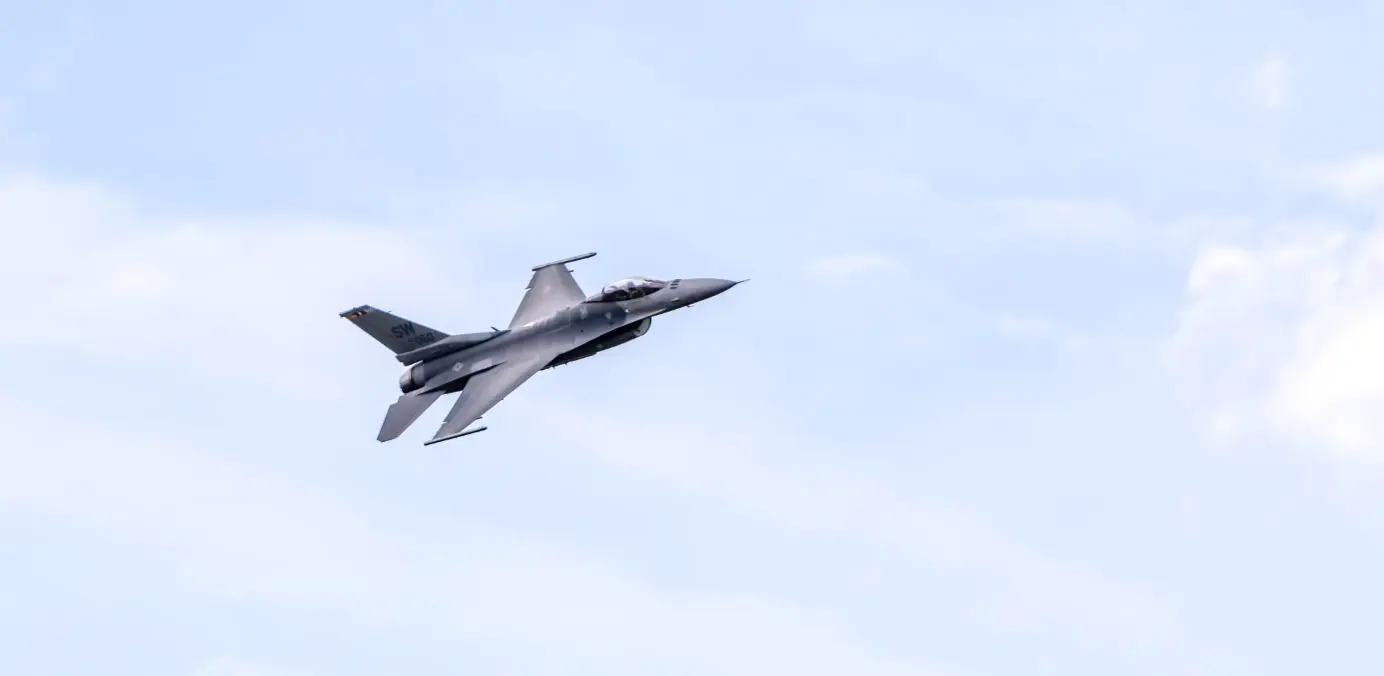
Operating Costs of an F-16 Fighter Jet
Once acquired, the operating costs of an F-16 Fighter Jet can quickly add up. These costs include fuel, maintenance, repair, logistics and weapons.
Fuel costs alone can be significant, as these fighter jets consume a substantial amount of fuel during training exercises and missions. Especially with the afterburner engaged.
The maintenance and repair expenses cover regular inspections, component replacements, and unforeseen repairs due to wear and tear or accidents.
Because the operating costs of the F-16 Fighting Falcon vary so much, depending on usage, it is difficult to provide an estimate of the total operating cost. But according to Popular Mechanics, the total costs of flying an F-16 is $26,927/hour. That is actually relatively affordable compared to the newer and way more advanced Lockheed Martin F-22 Raptor which costs $68,362/hour.
Maintenance and Repair Costs
The maintenance and repair costs of an F-16 Fighter Jet are a crucial aspect of its overall expenditure. These high-performance aircraft require regular inspections, servicing, and component replacements to ensure their optimal functionality and safety.
Maintenance costs can include everything from routine check-ups to major overhauls of critical systems. Additionally, the cost of spare parts and specialized equipment can significantly impact the overall maintenance expenses.
Upgrades and Modernization Costs
To keep up with evolving technology and maintain their combat effectiveness, F-16 Fighter Jets often undergo upgrades and modernization programs.
These upgrade programs aim to enhance the aircraft's capabilities, improve its avionics, and integrate new weapons systems.
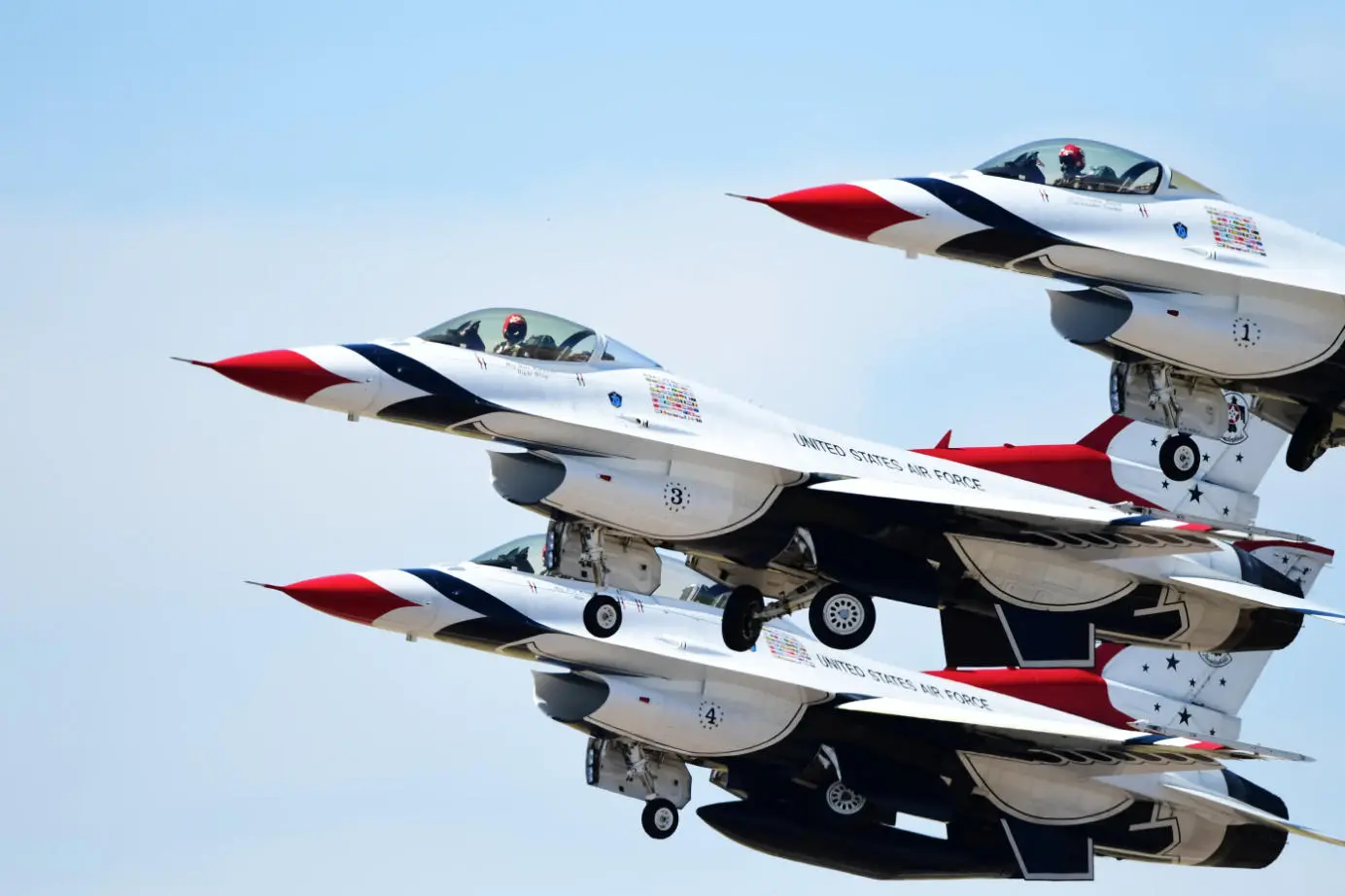
However, these upgrades come at a cost, both in terms of time and money. The expenses associated with retrofitting existing jets with new technology can be substantial, but they are necessary to ensure the aircraft remains relevant and capable in modern warfare. And upgrading the fighter jets are still cheaper than buying new ones.
Training and Personnel Costs
Operating an F-16 Fighter Jet requires highly skilled pilots and ground crew. The training costs for pilots can be significant, encompassing flight hours, simulator training, and specialized courses.
Additionally, the personnel costs associated with maintaining a highly trained and experienced team can contribute to the overall expense of an F-16. These costs include salaries, benefits, and ongoing training for ground crew members.
The Procurement Process for an F-16 Fighter Jet
For a nation interested in acquiring the F-16 Fighting Falcon, the journey begins with the procurement process. Governments or defense agencies interested in acquiring these advanced aircraft must go through a meticulous selection and negotiation process with the manufacturer and the United States government who supervises foreign arms sales. This involves evaluating the capabilities, specifications, and pricing of different variants and models of the F-16.
The initial acquisition costs are determined based on factors such as the number of aircraft ordered, customization options, and the inclusion of additional equipment or armament. Once the contract is finalized, the manufacturer (for the F-16 that would be Lockheed Martin) begins the production process, which involves extensive testing and quality control to ensure the aircraft meets the customer's requirements.
Finally, the aircraft is delivered to the nation and handed over to the country.
Conclusion: The Price Tag of an F-16 Fighter Jet
An F-16 Block 70/72 costs around $63 million. But for nations interested, owning an F-16 fighter jet is a significant investment that goes beyond the initial purchase price.
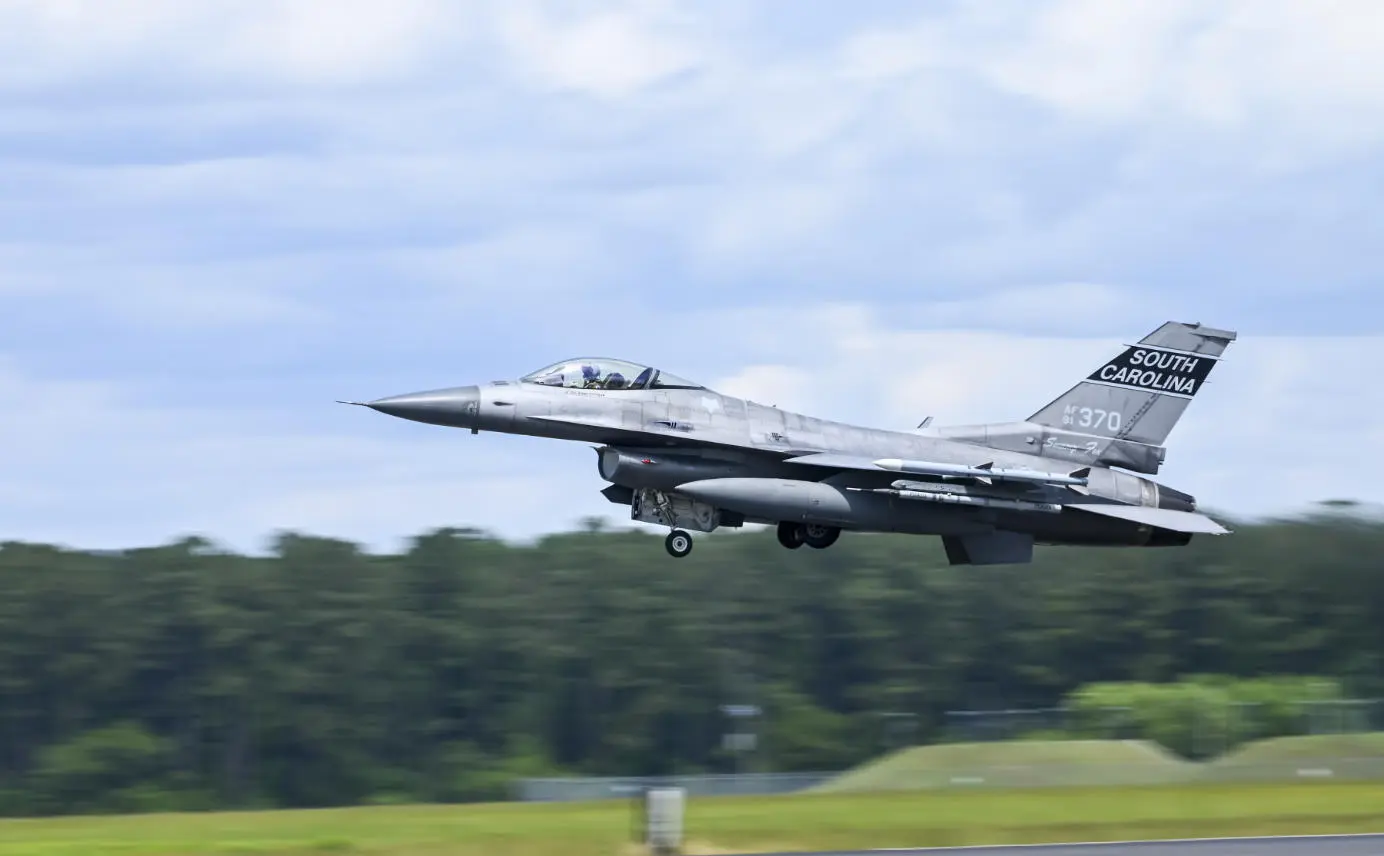
The true cost also encompasses maintenance and repair costs, upgrades and modernization expenses, fuel, spareparts and training and personnel expenditures all contribute to the overall price tag. While the base price of an F-16 can be substantial, it's the ongoing expenses that truly add up.
However, the value of an F-16 fighter jet extends beyond its financial cost. These aircraft play a vital role in national defense, providing countries with strategic capabilities and a deterrent against potential threats. The economic impact of the aerospace industry and the jobs it creates further emphasize the significance of these investments.
So, the next time you see an F-16 soaring through the skies, remember the immense effort and resources required to make it possible. It's not just a piece of machinery; it represents power, speed, technology, and the unwavering commitment of nations to protect their interests and maintain global stability.
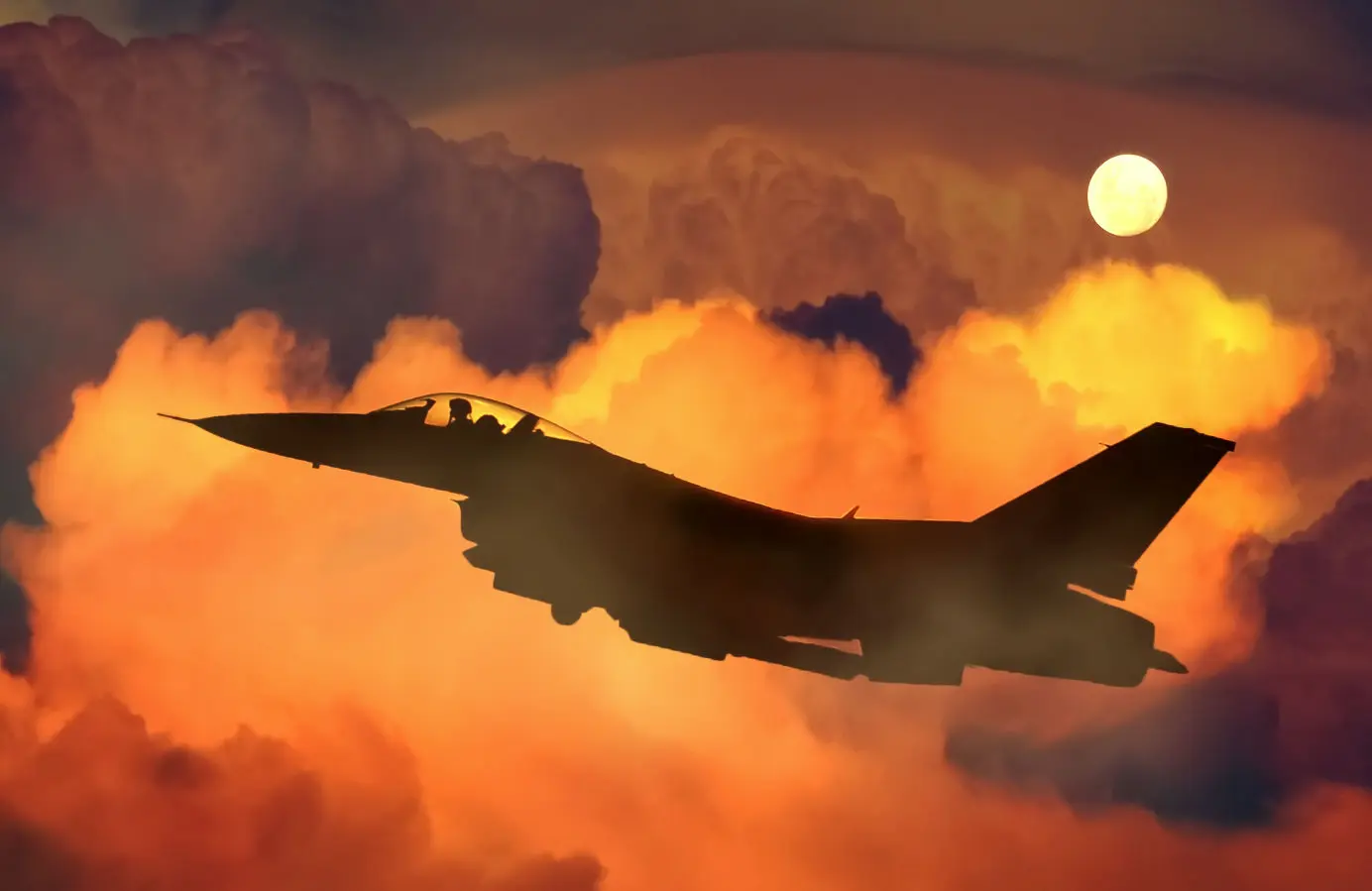
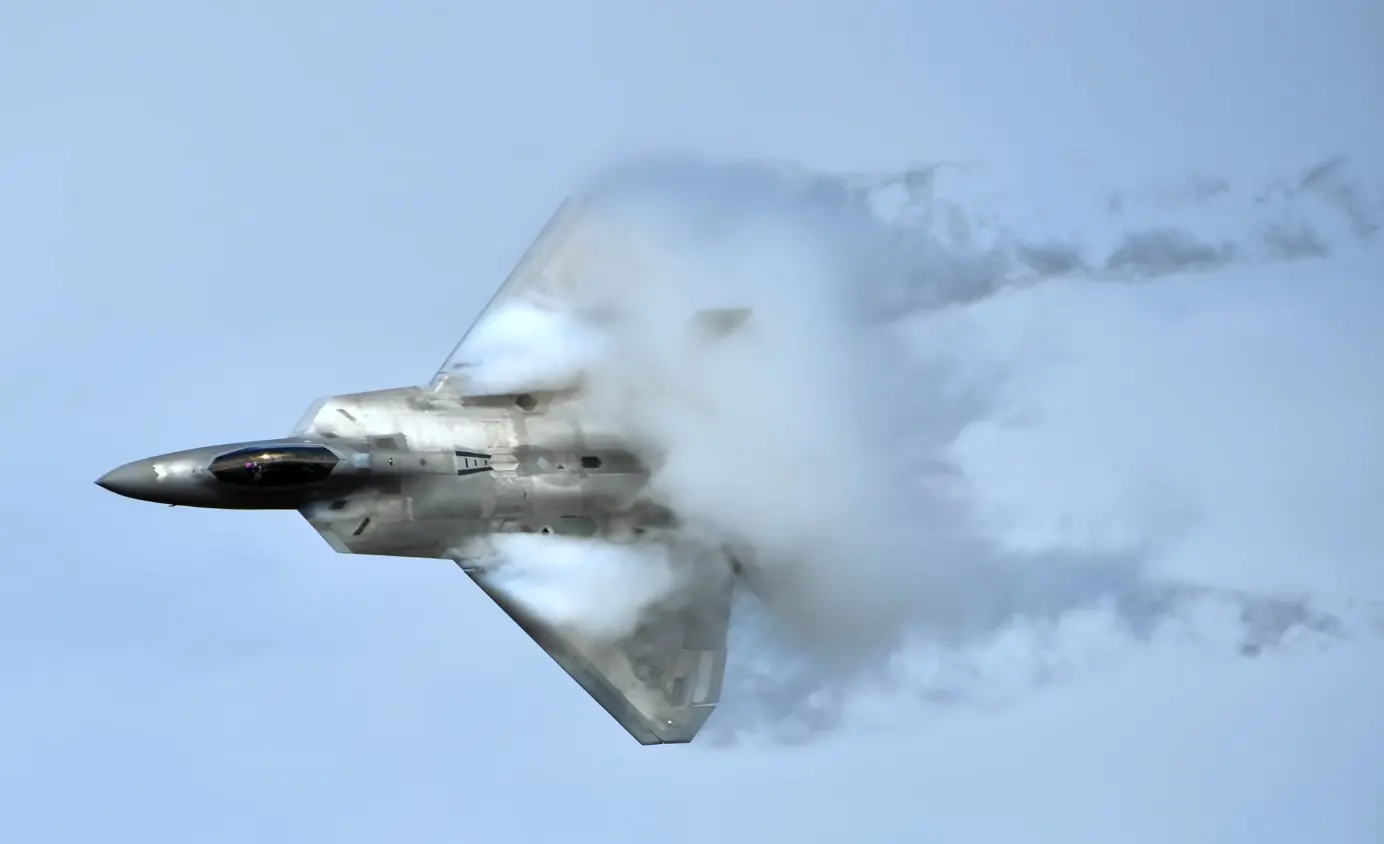
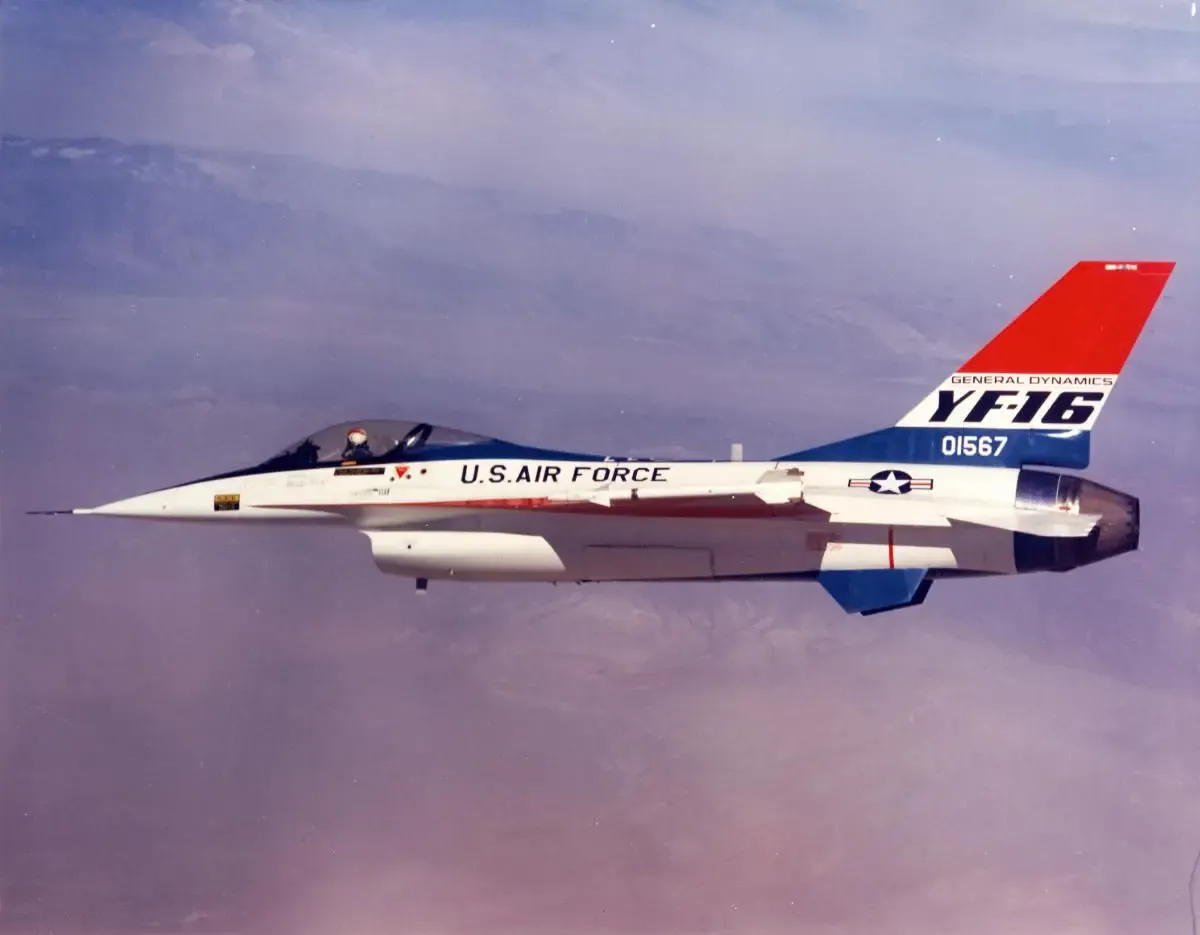
Planenerd Newsletter
Join the newsletter to receive the latest updates in your inbox.







